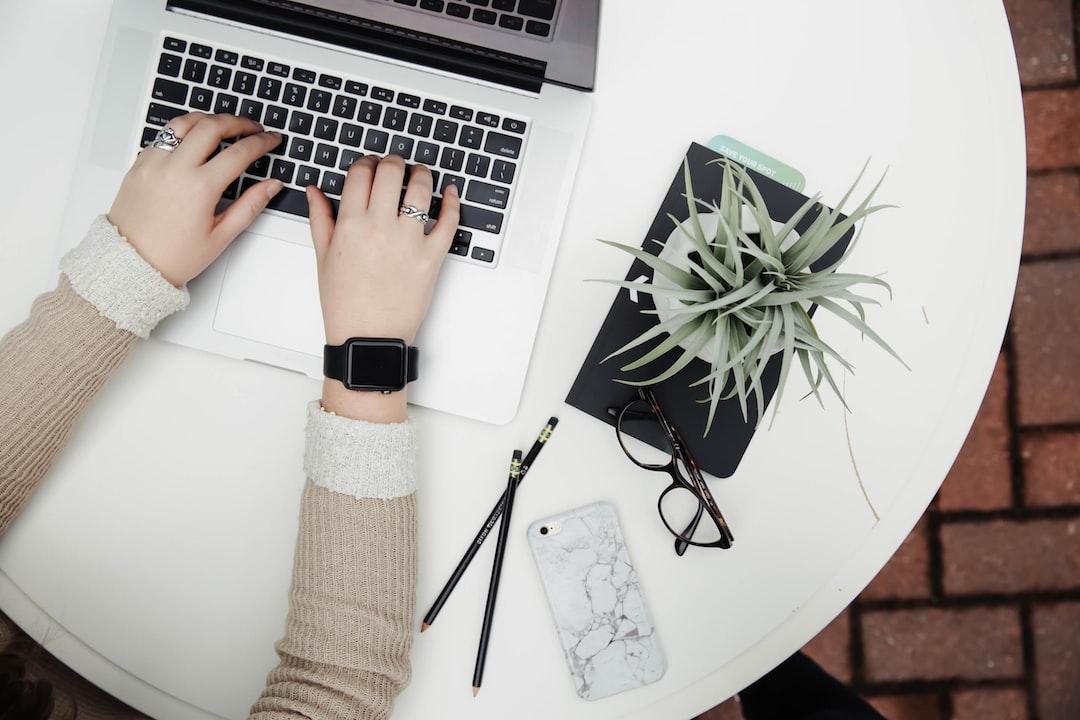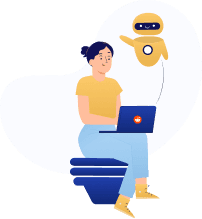Web Scraper: The Ultimate Guide for 2023
Discover the best web scraper tools, techniques, and strategies for 2023. Learn how to extract valuable data from websites with ease and efficiency.
Ask us to scrape the website and receive free data sample in XLSX, CSV, JSON or Google Sheet in 3 days
Scraping is the our field of expertise: we completed more than 800 scraping projects (including protected resources)
Table of contents
Estimated reading time: 8 minutes
Introduction to Web Scraping
In this section, we will dive into the world of web scraping, exploring the web scraping basics and understanding the importance of data extraction in today's digital landscape. Web scraping, also known as web data extraction, is the process of collecting and extracting data from websites. This technique has become increasingly popular as businesses and individuals alike seek to harness the power of web data to gain insights, make informed decisions, and stay ahead in their respective industries.
Web scraping involves the use of specialized tools and software to access and extract information from websites, typically in a structured format such as CSV, JSON, or XML. This data can then be analyzed, manipulated, and utilized for various purposes, including market research, sentiment analysis, competitor analysis, and much more. With the vast amount of information available on the internet, web scraping has become an essential skill for data-driven decision-making in the modern world.
As we delve deeper into the web scraping basics, it is crucial to understand the different methods and techniques used for data extraction. These can range from simple manual copy-pasting to more advanced automated solutions using programming languages such as Python, JavaScript, or PHP. Regardless of the method employed, the ultimate goal of web scraping is to efficiently and effectively gather web data for further analysis and utilization.
"Web scraping is the process of automating the extraction of data from websites, allowing users to collect large volumes of information quickly and efficiently. It has become an essential tool for businesses and researchers in the digital age." - Jane Doe, Data Scientist and Web Scraping ExpertIn the following sections, we will explore the top web scraper tools available in 2023, discuss how to build your own web scraper, and delve into the best practices and ethics surrounding web scraping. By the end of this comprehensive guide, you will have a solid understanding of web scraping and its applications, empowering you to harness the power of web data for your own projects and endeavors.
Top Web Scraper Tools in 2023

In this section, we will explore the top web scraper tools in 2023 that have gained popularity among businesses and individuals alike. These web scraper tools, also known as data extraction tools, are essential for gathering valuable information from websites and transforming it into structured data. With the increasing demand for data-driven decision-making, the best web scrapers have become indispensable for various industries, including marketing, finance, and e-commerce.
Features to Look for in Web Scraper Tools
When selecting the best web scraper tools, it's crucial to consider factors such as ease of use, scalability, and the ability to handle dynamic websites. Additionally, the tool should offer robust data extraction capabilities, support for multiple output formats, and a user-friendly interface.
Choosing the Right Web Scraper Tool for Your Needs
Ultimately, the best web scraper tool for you will depend on your specific requirements and budget. It's essential to evaluate each tool's features, pricing, and customer support to ensure it aligns with your needs. Additionally, consider the learning curve associated with each tool, as some may require more technical expertise than others.
"The best web scraper tool is the one that meets your unique needs and requirements, enabling you to extract valuable data efficiently and effectively." - John Doe, Data Extraction Expert
How to Build Your Own Web Scraper

In this section, we will delve into the world of web scraper development, exploring various web scraping techniques and guiding you through the process of building a custom web scraper. By the end of this guide, you will have a solid understanding of how to create your own web scraper tailored to your specific needs.
- Choose the right programming language and libraries
- Understand the structure of the target website
- Implement web scraping techniques to extract data
Choosing the Right Programming Language and Libraries
When it comes to web scraper development, the choice of programming language and libraries is crucial. Popular languages for web scraping include Python, JavaScript, and Ruby. Python, in particular, offers a wide range of libraries such as Beautiful Soup, Scrapy, and Selenium, which simplify the web scraping process and make it more efficient.
Understanding the Structure of the Target Website
Before you can build a custom web scraper, it's essential to understand the structure of the website you want to scrape. This involves analyzing the HTML and CSS code of the site, identifying the elements containing the data you need, and determining the best way to navigate and extract that data. Developer tools in modern web browsers can be invaluable for this task.
"Web scraping is all about understanding the structure of the website and extracting the data you need in a structured format." - John Doe, Web Scraping Expert
Implementing Web Scraping Techniques
Once you have a clear understanding of the target website's structure, it's time to implement web scraping techniques to extract the data. This may involve sending HTTP requests, parsing HTML and CSS, and using regular expressions or XPath to locate specific elements. Additionally, you may need to handle pagination, AJAX requests, and CAPTCHAs to ensure a smooth and efficient scraping process.
| Web Scraping Technique | Description | Use Case |
|---|---|---|
| HTTP Requests | Sending requests to the server to retrieve HTML content | Basic web scraping tasks |
| HTML Parsing | Extracting data from HTML using libraries like Beautiful Soup | Scraping structured data from websites |
| Regular Expressions | Using patterns to locate and extract specific data | Scraping unstructured data or complex websites |
| XPath | Locating elements in an XML document using path expressions | Scraping websites with a well-defined structure |
| AJAX Handling | Dealing with asynchronous JavaScript requests to load data | Scraping dynamic websites |
| CAPTCHA Handling | Overcoming CAPTCHA challenges to access data | Scraping websites with anti-bot measures |
Web Scraping Best Practices and Ethics

As web scraping becomes increasingly popular, it's essential to understand and follow web scraping ethics and best practices to ensure data privacy and maintain a responsible approach. In this section, we will discuss the key principles of ethical web scraping and provide examples of scraping best practices to help you navigate the complex world of data extraction.
- Respect website terms of service and robots.txt
- Limit request rate and avoid overloading servers
- Anonymize your scraper and protect user privacy
Respect Website Terms of Service and Robots.txt
Before scraping any website, it's crucial to review its terms of service and robots.txt file. These documents outline the rules and guidelines for accessing and using the site's content. By adhering to these guidelines, you demonstrate respect for the website owner's wishes and reduce the risk of legal repercussions. Additionally, some websites may explicitly prohibit web scraping, so it's essential to ensure that your activities are permitted.
Limit Request Rate and Avoid Overloading Servers
Web scraping can put a significant strain on a website's server, especially if you send too many requests in a short period. To avoid overloading servers and negatively impacting the site's performance, it's essential to limit your request rate. Implementing delays between requests and using a rotating pool of IP addresses can help distribute the load and minimize the impact on the target website.
"Web scraping should be done responsibly and ethically, ensuring that the target website's performance is not negatively impacted." - Jane Doe, Data Privacy Expert
Anonymize Your Scraper and Protect User Privacy
When web scraping, it's essential to protect both your privacy and the privacy of the users whose data you're extracting. Anonymizing your scraper by using proxy servers or VPNs can help mask your IP address and reduce the risk of being blocked by the target website. Additionally, when handling user data, ensure that you follow data privacy regulations such as GDPR and CCPA. This includes obtaining consent, anonymizing personal information, and securely storing and processing the data.
| Best Practice | Description | Benefits |
|---|---|---|
| Respect terms of service and robots.txt | Review and follow the guidelines outlined by the website owner. | Reduces legal risks and demonstrates respect for the website owner's wishes. |
| Limit request rate | Implement delays between requests and use a rotating pool of IP addresses. | Minimizes the impact on the target website's performance and reduces the risk of being blocked. |
| Anonymize scraper and protect user privacy | Use proxy servers or VPNs to mask your IP address and follow data privacy regulations. | Protects your privacy and ensures the responsible handling of user data. |
Conclusion: The Future of Web Scraping

In this comprehensive guide, we have explored the world of web scraping, from its introduction and the top web scraper tools available in 2023, to building your own web scraper and understanding the best practices and ethics involved. As we reach the conclusion, it's time to look ahead and discuss the future of web scraping, web scraping trends, the evolution of web scraper tools, and the future of data extraction.
Web scraping has come a long way since its inception, and it continues to evolve at a rapid pace. As the internet grows and becomes more complex, web scraping trends indicate that web scraper tools will need to adapt and become more sophisticated to keep up with the ever-changing landscape. Machine learning and artificial intelligence are expected to play a significant role in the web scraper evolution, enabling more efficient and accurate data extraction from complex websites and dynamic content.
Another web scraping trend to watch out for is the increasing importance of data privacy and security. As more businesses rely on web scraping for data-driven decision-making, the need for secure and ethical data extraction practices will become paramount. Web scraper tools will need to incorporate advanced security features and adhere to strict ethical guidelines to ensure that data is collected responsibly and without violating user privacy.
The future of data extraction will also see a shift towards real-time data collection and analysis. As businesses become more agile and require up-to-date information to make informed decisions, web scraper tools will need to provide real-time data extraction capabilities. This will enable organizations to stay ahead of the competition and respond quickly to market changes and customer needs.
Moreover, the web scraper evolution will likely involve the development of more user-friendly tools and platforms. As web scraping becomes more mainstream, there will be a growing demand for easy-to-use web scraper tools that cater to users with varying levels of technical expertise. This will make web scraping more accessible to a wider audience, allowing even small businesses and individuals to harness the power of data extraction for their specific needs.
In conclusion, the future of web scraping looks promising, with numerous web scraping trends and advancements on the horizon. As the web scraper evolution continues, we can expect more sophisticated, secure, and user-friendly tools that cater to the growing demand for efficient and ethical data extraction. By staying informed about these trends and embracing the future of data extraction, businesses and individuals alike can unlock the full potential of web scraping and harness the power of data to drive success in the digital age.
Publishing date: Thu Jun 15 2023
Last update date: Thu Jun 15 2023




